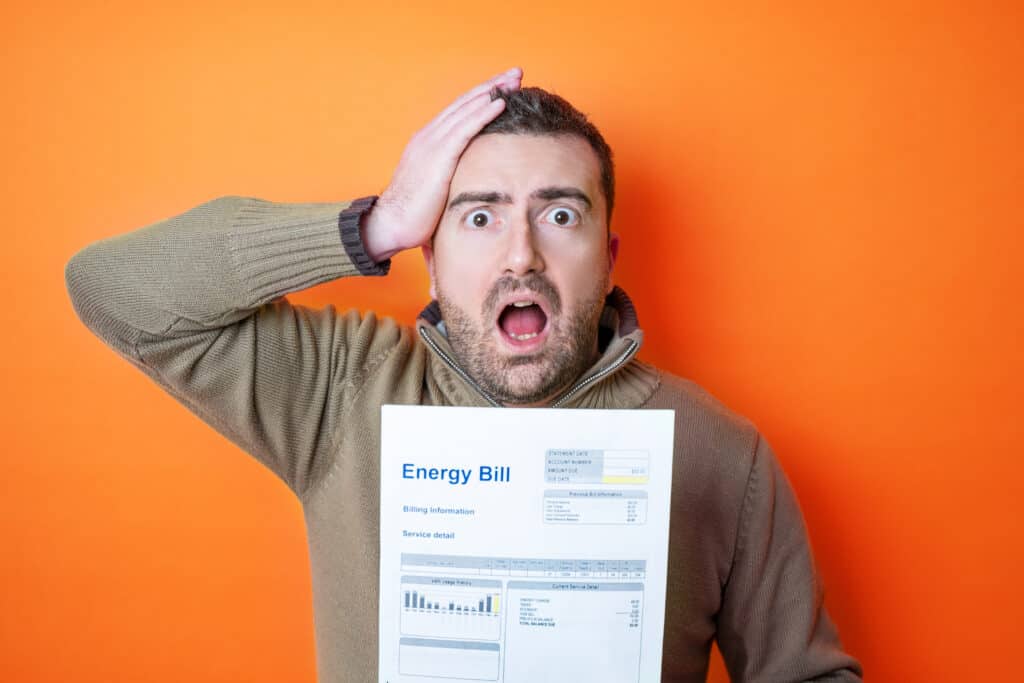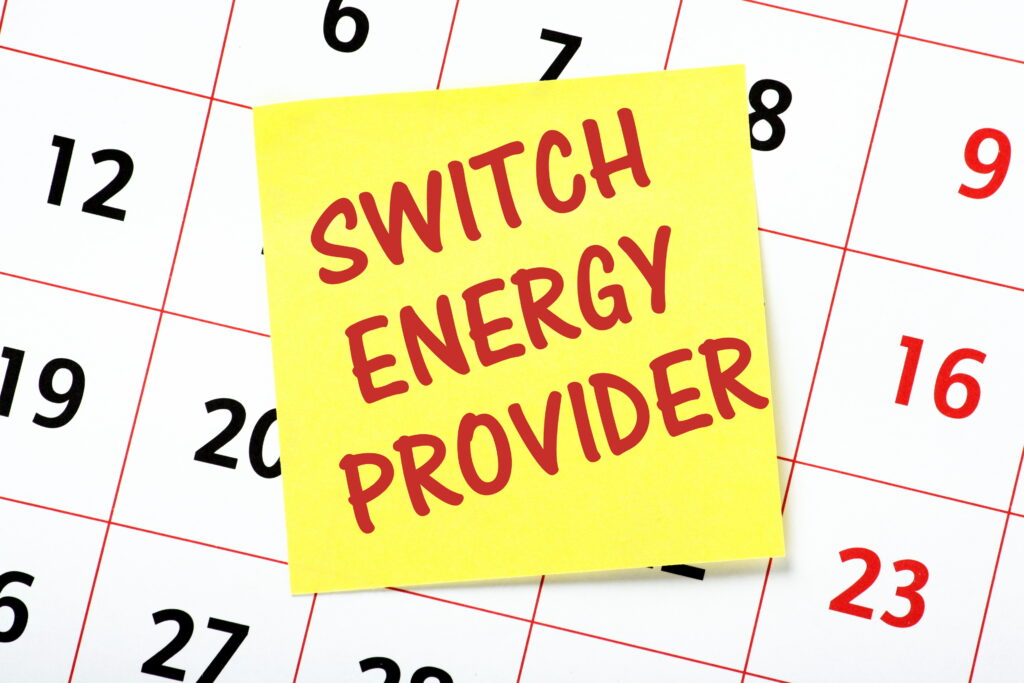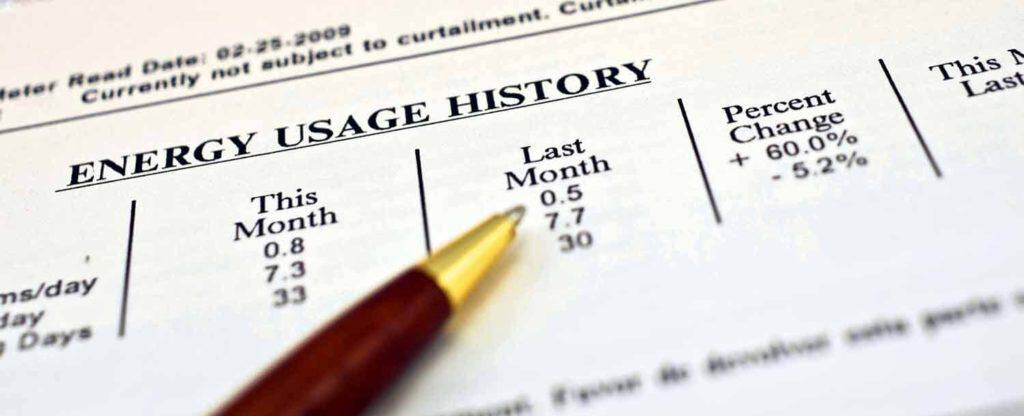Any product or company names, marks, or logos shown on this page are the property of their respective owners. Compare Power is an unaffiliated, independent marketplace. Get unbiased, accurate information backed by our commitment to editorial integrity.
Are you moving in Texas and need to transfer electricity service?
Compare Power makes it easy to transfer your electricity service with confidence and no hassle.
You see all of your electricity options clearly and can choose the best plan for your new home in minutes. No more overpaying or hidden fees.
Better yet, we’ll walk you through the process and get you the right plan for your new home.
TL;DR: Texas law allows you to switch your electricity plan without penalty or getting charged a cancellation fee when you move. Compare Power helps you compare plans, choose the best one for your new home, and set up your new service.
Choose a New Electricity Plan
Moving changes your energy usage, making it the perfect time to reassess your electricity plan.
In Texas, you can switch your electricity plan without penalty or getting charged a cancellation fee any time you move, allowing you to choose the best plan for your new home.
This unique opportunity can save you money and ensure your new plan works perfectly for your new home.
For example, your energy usage is likely to increase if you’re moving from a small apartment to a larger house. But, if you’re downsizing, you might not need as much energy.
By reassessing your plan when you move, you can choose a plan that fits your new energy usage patterns, potentially saving you money on your electricity bills.
It was great! They helped me transfer with no deposit and have lights same day.
– Kaylah B.
Should you transfer your electricity service?
If you are moving into a new home within the same service area and are satisfied with your existing electricity plan, contact your electricity company to explore transferring the plan and contract to your new home.
A word of caution before you blindly transfer your energy plan.
Some electricity plans have different discounts, fees, and pricing tiers that may or may not apply each month, depending on your kWh usage.
No two homes use the same amount of energy. Unless your new home uses the same electricity monthly as your previous home, your old plan may not be ideal.
Ending Your Existing Contract
You can cancel your existing service with one phone call.
Contact your existing electricity company and let them know you are moving and need to cancel service and shut down your electricity account.
You will need your electricity account number, the current address with the expected move-out date, and the future address.
Be diligent – Providers often encourage you to stay with your existing plan and transfer your service instead.
Some may even tell you you must stay if you are still in a service area covered by your plan.
You can politely remind them that Texas law allows you to disconnect with no termination fee when moving.
That should be all it takes, but they may request you provide proof of your move – a small price to pay for the option of getting out of a bad contract you aren’t happy with.
The Power is Yours: Take Advantage of Your Ability to Choose
Texas operates on a deregulated electricity market, giving you the power to choose your electricity provider. This system was established in 2002 to increase provider competition and give consumers more options.
With so many options, making a decision can be overwhelming. Compare Power simplifies this process, providing a user-friendly platform for comparing electricity plans from different providers in your new area.
You can compare plans based on price, contract length, renewable energy content, and other factors, making it easier to find a plan that fits your needs.
Moving your business?
Click here to get competing quotes for your business electricity.
Compare prices from competing energy companies to find the best commercial electricity rates.
Compare Power bridges the gap between your business and energy companies that compete for it in a sealed bid process.
You submit your information once, and the providers will present their bids. You get to choose the lowest price. Simple, quick, and secure.
Avoid the Shopping Headache
Compare Power is your one-stop solution for all your electricity shopping needs in Texas. We provide a user-friendly platform where you can compare electricity plans from different providers, choose the best one for your new home, and set up your new service.
One of the main concerns when transferring electricity service is the cost. With Compare Power, you can compare prices from different providers to ensure you get the best deal.
Plus, our team of experts is always available to answer any questions and guide you through the process.
Final Thoughts
Transferring your electricity service in Texas doesn’t have to be a hassle.
We recommend shopping for plans on Compare Power to ensure you get the best deal for your new home.
We understand how important it is to transfer your electricity service smoothly when moving. ComparePower is here to help you every step of the way.
Call us at 855-441-3030 Monday through Friday, 8:30 a.m. to 6:30 p.m., or Saturday, 9:00 a.m. to 4:30 p.m.






















